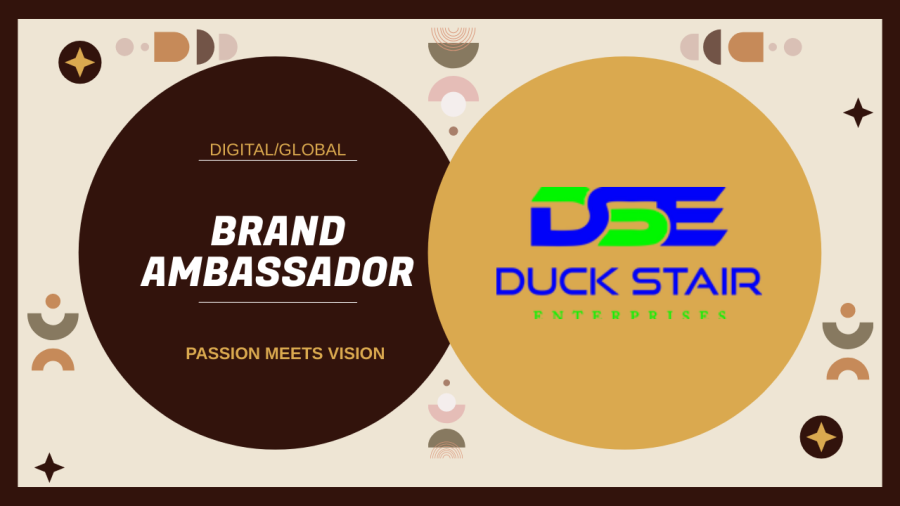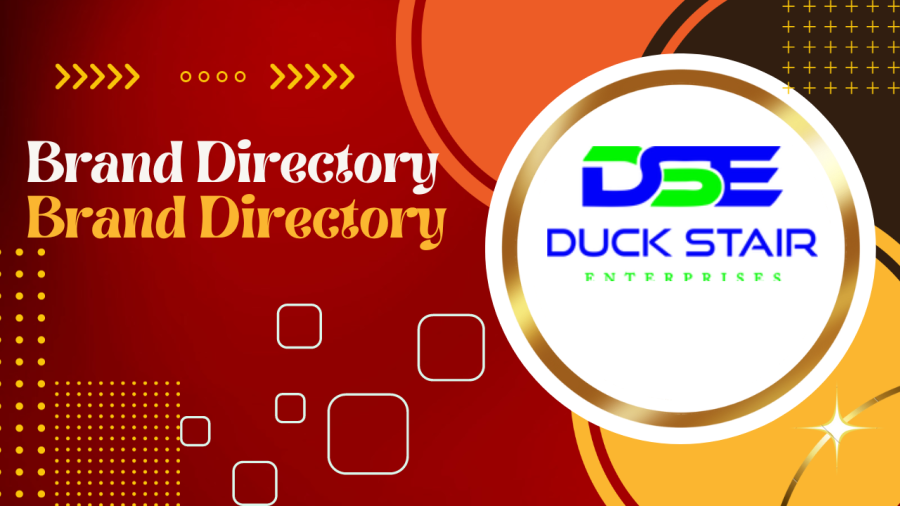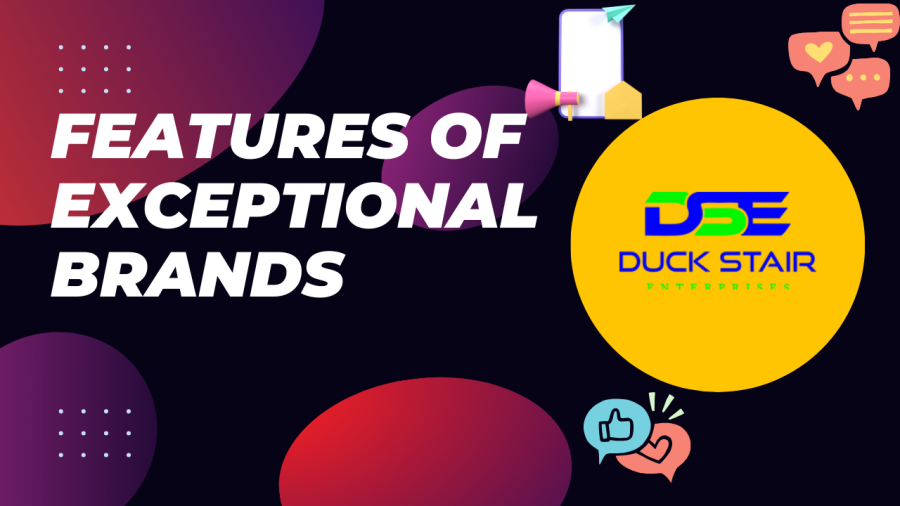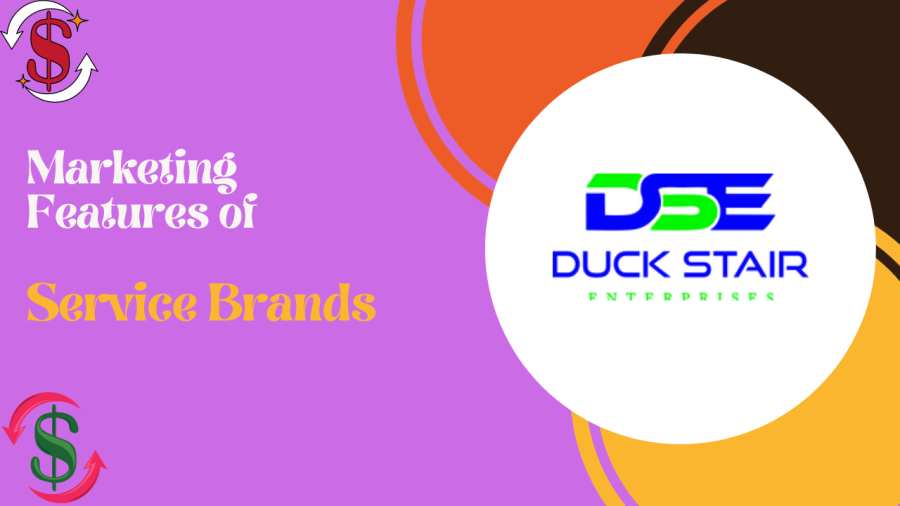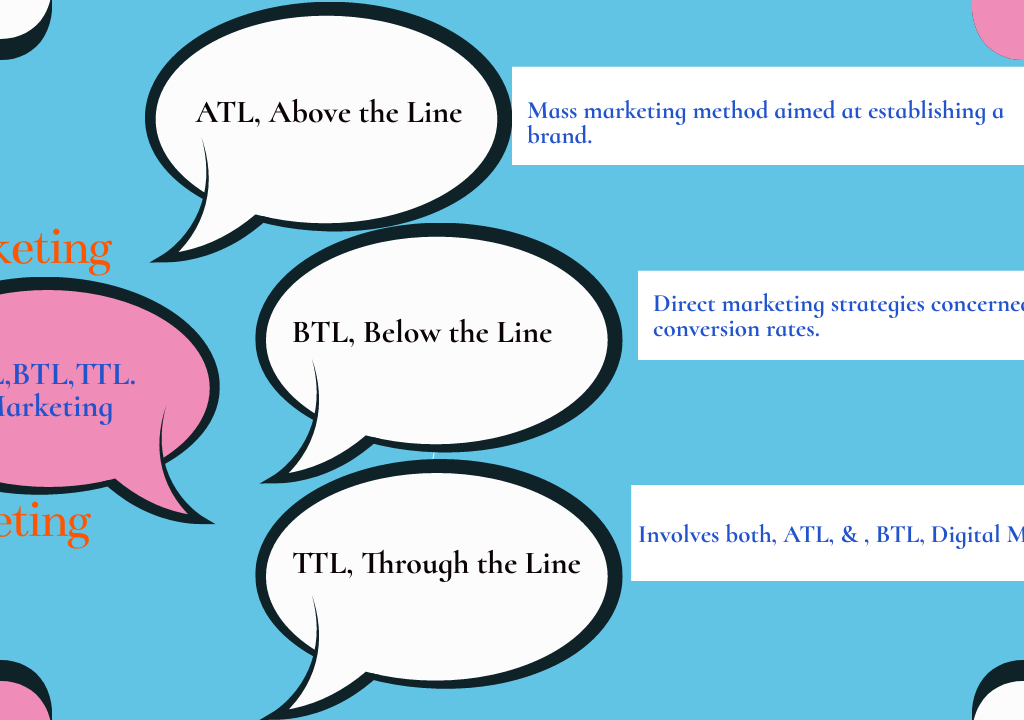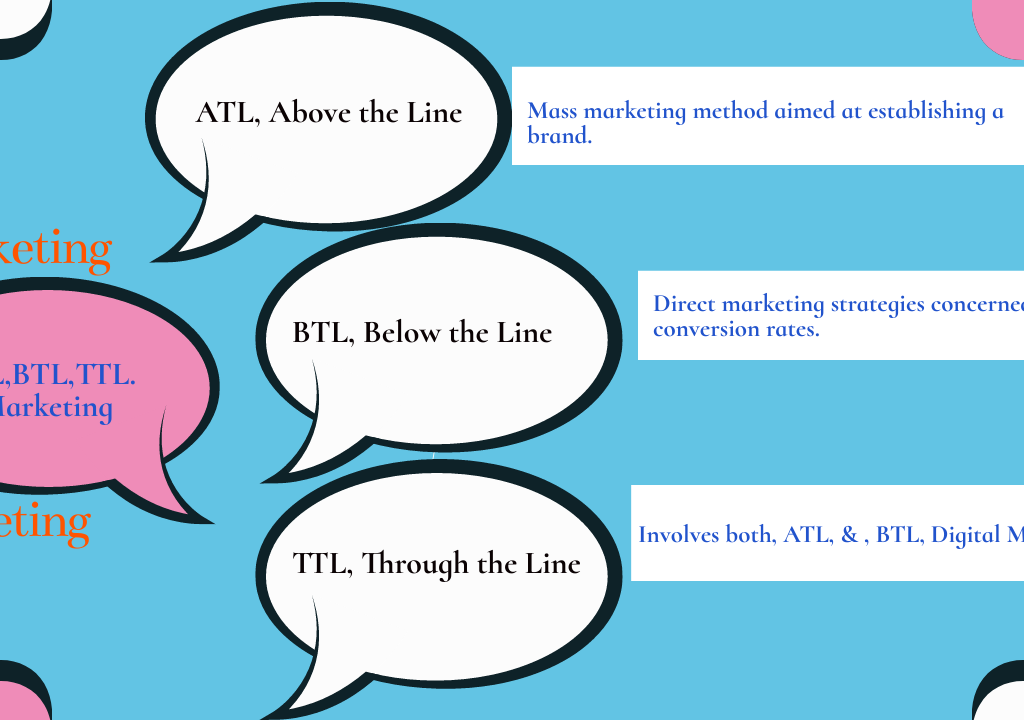Advertising Agency
Definition | Features | Importance |
Business growth | Effectiveness | Dynamic |
Super | Amazing | Futuristic |
A publicising organisation is a business devoted to making, arranging, and taking care of publicising and at times different types of advancement and showcasing for its clients. A promotional firm is for the most part autonomous of the client; it very well might be an interior division or office that gives an external perspective to the work of selling the client’s items or administrations, or an external firm. An office can likewise deal with generally speaking showcasing and marking methodologies advancements for its clients, which might incorporate deals too.
Average promotional firm clients incorporate organisations and companies, non-benefit associations and confidential offices. Organisations might be employed to create TV promotions, radio ads, web based publicising, out-of-home publicising, portable showcasing, and AR publicising, as a feature of a publicising effort.
The administrations presented by a promotional firm can fluctuate contingent upon the size and extent of the organisation, yet they commonly include:
Innovative turn of events: This incorporates concocting the thoughts for publicising efforts, like the idea, storyboard, and script.
Media arranging and purchasing: This includes choosing the right media channels to arrive at the interest group, and arranging the best rates for publicising space or time.
Account the executives: This is the everyday administration of the client relationship, including guaranteeing that the mission is on target and meeting the client’s goals.
Exploration and examination: This includes gathering information about the ideal interest group and the serious scene to illuminate the advancement regarding publicising efforts.
Creation: This includes the genuine creation of promoting materials, like television plugs, print advertisements, and web compositions.
While picking a promotional firm, it is essential to think about the office’s insight, portfolio, and expenses. It is additionally vital to ensure that the organisation has the right abilities and mastery to meet the particular necessities of the client.
Features of Advertising Agency:
A publicising organisation is a business that assists organisations with arriving at their interest group, sell items and administrations, and increment deals income. They do this by making, carrying out, and overseeing publicising efforts that advance the business’ items and administrations.
Here are a portion of the highlights of a publicising organisation:
Imagination: Publicising organisations are inventive organisations. They think of the thoughts for publicising efforts, like the idea, storyboard, and script. They additionally have what it takes and aptitude to create great promoting materials that will catch the consideration of the ideal interest group.
Technique: Promoting organisations have a profound comprehension of showcasing and publicising methodology. They can assist organisations with creating successful advertising plans that will arrive at their main interest group and accomplish their ideal outcomes.
Media arranging: Publicising offices know how to choose the right media channels to arrive at the interest group. They can arrange the best rates for promoting space or time, and guarantee that the mission is followed on time and inside a financial plan.
Account the executives: Publicising offices deal with the everyday relationship with the client. They guarantee that the mission is on target and meeting the client’s goals. They likewise handle any issues or issues that might emerge throughout the mission.
Research: Publicising organisations direct examination to grasp the interest group and the serious scene. This data is utilised to foster powerful promoting efforts that will re-sound with the ideal interest group.
Creation: Publicising organisations produce the promoting materials, like television plugs, print advertisements, and web compositions. They have the assets and mastery to create great promoting materials that will measure up to the client’s assumptions.
While picking a publicising organisation, it is vital to think about the office’s insight, portfolio, and charges. It is likewise essential to ensure that the organisation has the right abilities and aptitude to meet the particular necessities of the client.
Here are a portion of the highlights that you ought to search for in a promoting organisation:
Experience: The organisation ought to have a demonstrated history of outcome in the business.
Portfolio: The organisation ought to have serious areas of strength for any work that exhibits their imagination and skill.
Expenses: The organisation’s charges ought to be serious and straightforward.
Administrations: The organisation ought to offer a large number of administrations to address the issues of the client.
Correspondence: The organisation ought to be great at speaking with the client and keeping them refreshed on the advancement of the mission.
Cooperation: The office ought to team up with the client to foster the most ideal publicising effort.
Importance of Cooperative Agency for Business:
A promoting office can be a significant resource for any business that needs to arrive at its interest group and accomplish its advertising objectives. Here are a portion of the critical advantages of working with a promoting organisation:
Skill: Promoting organisations have a profound comprehension of showcasing and publicising procedure. They can assist organisations with creating successful showcasing plans that will arrive at their interest group and accomplish their ideal outcomes.
Innovativeness: Promoting organisations are inventive organisations. They concoct the thoughts for promoting efforts, like the idea, storyboard, and script. They additionally have what it takes and ability to create great promoting materials that will catch the consideration of the interest group.
Reach: Promoting organisations approach a great many media stations, like TV, radio, print, on the web, and virtual entertainment. They can assist organisations with arriving at their main interest group through the best media channels.
Cost-adequacy: Publicising offices can assist organisations with getting a good deal on promoting. They have the mastery to arrange the best rates for promoting space or time, and they can likewise assist organisations with creating savvy showcasing efforts.
Time investment funds: Promoting organisations can save organisations time. They can deal with all parts of the publicising effort, from exploration and intending to creation and execution. This opens up organisations to zero in on their centre exercises.
Estimation: Promoting organisations can assist organisations with estimating the viability of their publicising efforts. They can follow the aftereffects of the mission and make changes on a case by case basis to guarantee that the mission is meeting the client’s goals.
Generally, a publicising organisation can be a significant resource for any business that needs to arrive at its ideal interest group, accomplish its showcasing objectives, and set aside time and cash.
Here are a portion of the particular ways that a publicising organisation can help a business:
Marking: A publicising organisation can assist a business with fostering areas of strength for a character that will resound with its interest group.
Item send off: A promoting organisation can assist a business send off another item or administration with an effective publicising effort.
Expanded deals: A publicising office can assist a business with expanding deals by producing leads and directing people to its site or store.
Further developed client dependability: A promoting office can assist a business with further developing client dedication by making publicising efforts that form brand mindfulness and trust.
Positive advertising: A promoting organisation can assist a business with producing positive advertising by making publicising efforts that are newsworthy and locking in.
Assuming you are thinking about working with a promoting office, it is critical to do all necessary investigation and pick an organisation that has the experience, ability, and assets to meet your particular necessities.

